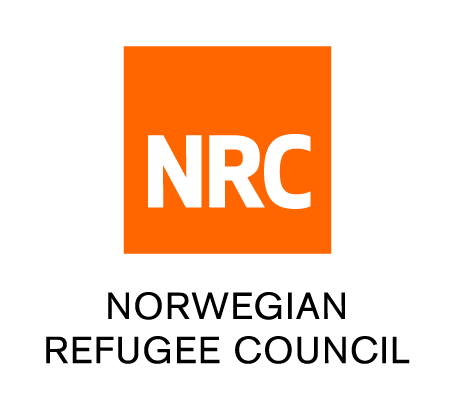Media update on situation in Hodeidah, Yemen
Quote from Reem, 26-year-old mother of three displaced from Hodeidah:
“Everything is entirely damaged now. I can’t even think about what I want or hope for the future because I know we will be disappointed. I’m not in my own house, not in my own town and I am constantly wondering what will happen next.”
“I keep telling my children that we can’t return home and that we have to stay here in Sana’a because I don’t want to lose any of you,” Reem said.
“I want the world to know that we are suffering immensely from this war. We have lost our dignity. We want peace and a livable future for our children. We want to go back to how our lives were before.”
Quote from Suze van Meegen, protection and advocacy adviser for the Norwegian Refugee Council in Yemen:
“This week was due to mark a turning point in Yemen’s conflict as parties convened in Geneva to chart a way forward. Instead, we have passed another week full of violence and devoid of promise. While parties to the conflict continue to operate on the basis of differences, Yemenis are united in their experience of violence, deprivation and grief. Yemenis I met this week all tell me that they are losing hope in the possibility of any solution to the current situation. They are exhausted, People are reaching their tipping point.”
Latest updates:
· The situation in Hodeidah city remains exceptionally fragile. Heavy fighting is currently taking place at the city’s western and southern outskirts, closer than at any other point since the offensive on Hodeidah commenced in June, including around Hodeidah airport, on the city’s southern border.
· Airstrikes and helicopter attacks have been reported across several districts south of Hodeidah city, and missiles launched from Yemen at targets in both Saudi Arabia and the Red Sea. Reports indicate that jets have been hovering over Hodeidah city for up to 16 hours a day.
· Citizens in Hodeidah described increasingly militarised conditions inside the city this week, with an increasing number of checkpoints, trenches and jersey barriers installed across the city. Most residents stay inside their houses to try to protect themselves.
· Tension in and around the city continues to keep prevent tens of thousands of city residents from returning. People remaining in Hodeidah report that more than half of all businesses, shops and services have closed, including whole blocks of shopfronts locked up following the departure from the city of owner-operators. A shopkeeper selling fabric and clothing told NRC staff that he had not sold a single item since the second week of August.Open source data collected by the Yemen’s Civilian Impact Monitoring Project recorded close to 1,000 casualties from violence through August. In the week since, the project has reported houses hit by missiles and airstrikes in Sa’ada and Hodeidah governorates, including several strikes in Al-Hali district within Hodeidah city.
· The upsurge in fighting coincides with a dramatic downturn in Yemen’s economy. By Tuesday this week the Yemen riyal was trading at 630 to the USD, up from 425 in January, and food prices had doubled in many parts of the country. One woman living in Hodeidah told NRC that her neighbours came to her during the week seeking help to feed their children as food had become too expensive.
· Economic deterioration has caused mass demonstrations in several parts of Yemen through the week, including Aden, Hadramawt, Taizz, Al Dale’e, Abyan, Lahj and Sana’a. People across these and other locations are protesting factors that continue to cause the Yemeni currency to plummet while prices leave millions with insufficient access to food. By the end of last month, WFP reported that the price of the average food basket had increased by 68 per cent over the course of the war.
· More than 70,000 families have received emergency assistance from humanitarian organisations since June 2018. These families are comprised of more than 450,000 identified as having fled their homes as the result of violence across different parts of Yemen since June.
NRC continues to operate across nine governorates in Yemen, delivering assistance with food, safe water, shelter, education and legal assistance to people displaced by violence.
Facts:
· Some 3.3 million people live in Hodeidah governorate, and 600,000 live in Hodeidah city.
· Some 29.3 million people live in Yemen.
· About 2.7 million people need humanitarian assistance across the country.
· Some 162,000 suspected cases of cholera have been identified in Hodeidah since April 2017, equating to 15 per cent of Yemen’s total cholera caseload.
https://reliefweb.int/report/yemen/media-update-situation-hodeidah-yemen

